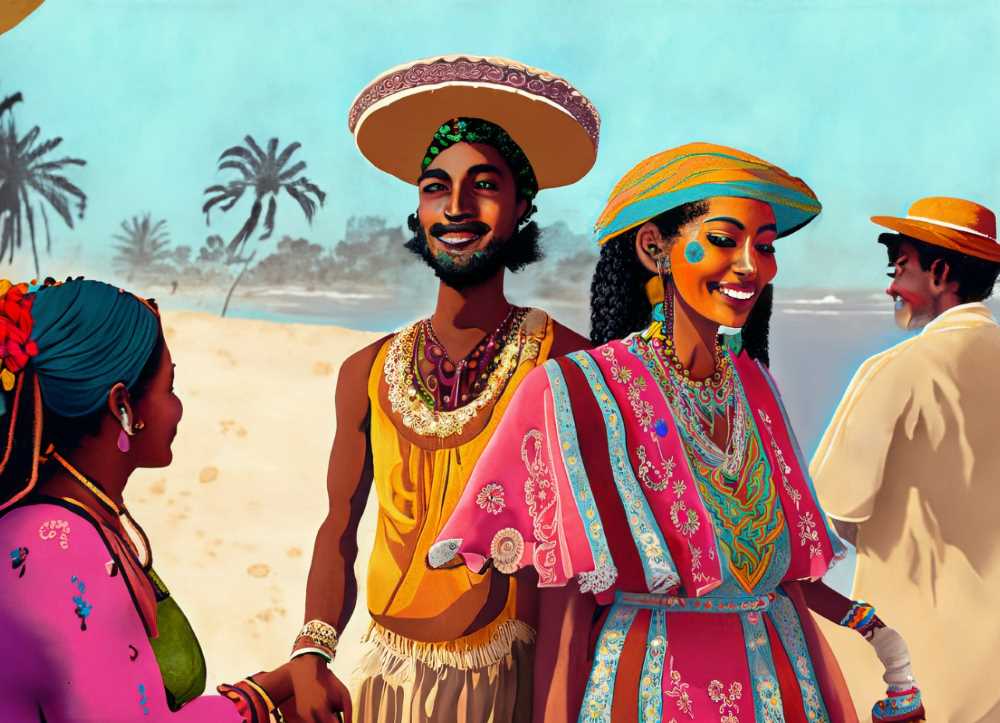The Afro-Mexican Spice in Mexico's Melting Pot
In Mexico, the Afro-Mexican community stands as a testament to a rich, often invisible history. Concentrated in regions like Costa Chica, they've integrated Iberian Catholicism into their spiritual lives while embracing religious diversity. Their journey from obscurity offers hope and inspiration.

In Mexico, a country renowned for its vast cultural diversity, the Afro-Mexican community stands as a testament to a rich history that has, unfortunately, remained invisible to many. From the Pacific’s Costa Chica to the Gulf's Veracruz, these communities are dispersed yet unified by shared traditions and beliefs.
The Historical Backdrop
Afro-Mexicans, though present in every state, are predominantly found in regions like Costa Chica and Veracruz. This is a legacy of historical processes that led to higher concentrations of Afro-Mexican communities in these areas. As Citlali Quecha Reyna, a notable researcher from the Institute of Anthropological Research of the UNAM (National Autonomous University of Mexico), suggests, there has been an interesting dispersion in modern times. For instance, the State of Mexico now houses a significant Afro-Mexican population, partly due to internal migration, notably towards the bustling Mexico City area.




